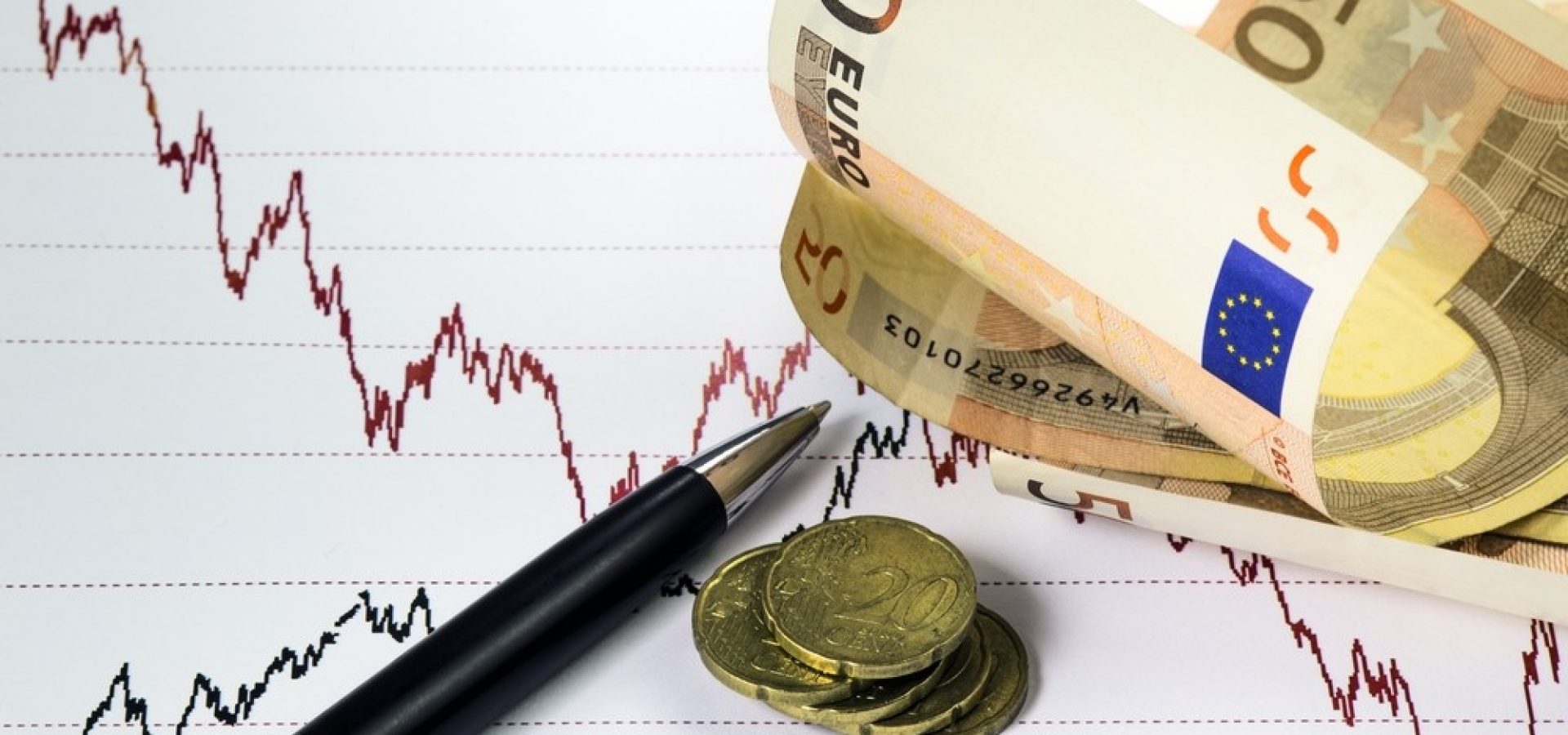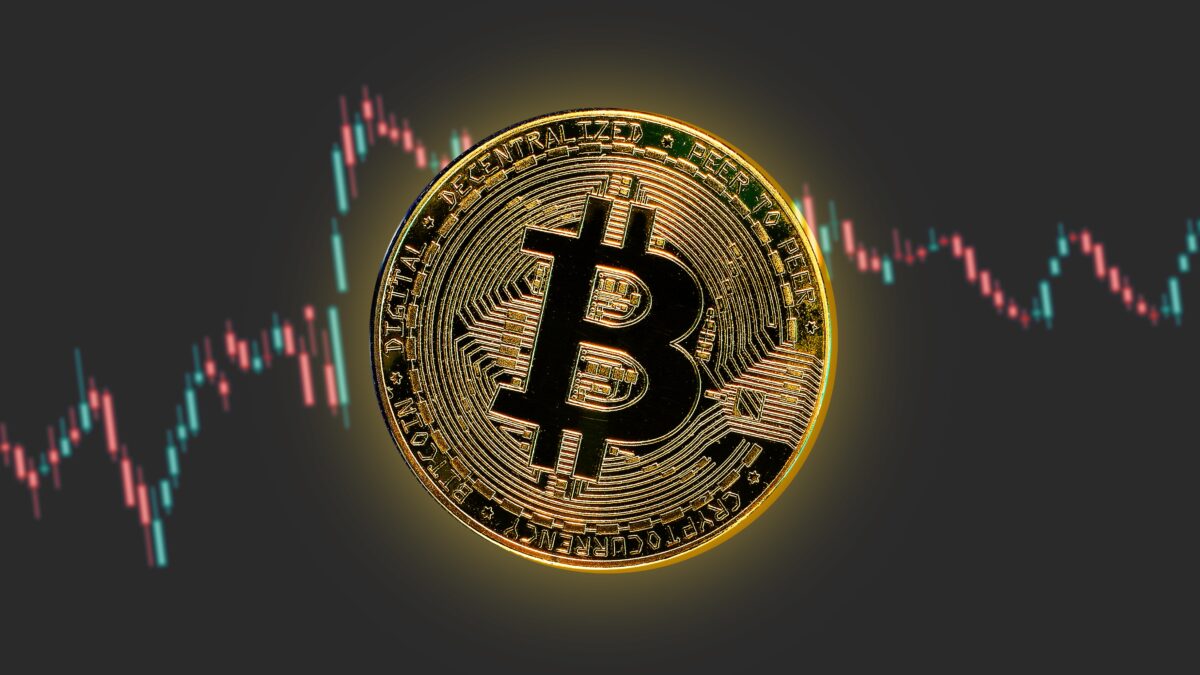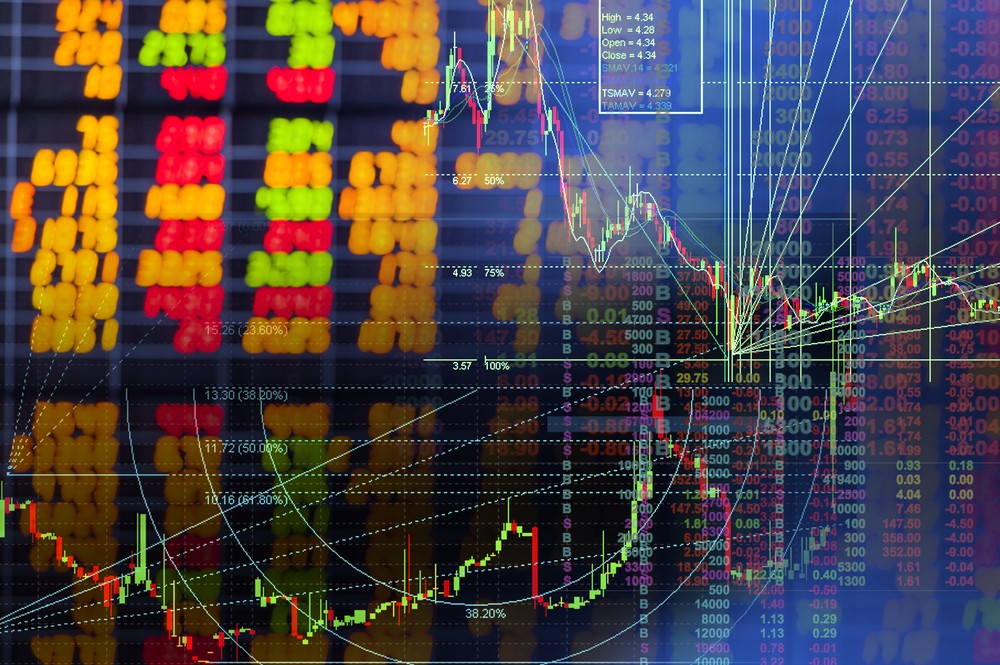Quick Look:
- ECB Vice President hints at June rate cut, influencing EUR/USD exchange rates.
- Mixed PMI data presents a complex economic outlook; the US shows weaker figures.
- Technical patterns suggest a potential decline in EUR/USD amid fluctuating forex markets.
In a week filled with pivotal economic updates, the euro experienced significant fluctuations, influenced by European Central Bank (ECB) policy signals, mixed Purchasing Managers’ Index (PMI) readings, and fresh data from the US housing market. The currency’s movements were closely tied to these macroeconomic developments, offering a complex tableau for traders and analysts.
ECB Vice President Signals Potential June Euro Rate Cut
On Tuesday, ECB Vice President Luis de Guindos indicated a possible rate cut in June, signalling a major shift in the European Central Bank’s monetary policy. This announcement was made while the ECB evaluated the EUR/USD exchange rate’s effect on its decision-making. De Guindos highlighted that the EUR/USD exchange rates influence the ECB’s broader economic strategies.
Mixed PMI Data: US Weakness vs Eurozone Recovery
The release of preliminary PMI data further complicated the economic narrative for the eurozone. ING analysts forecasted modest improvements in these figures, which traditionally serve as leading indicators of economic health. However, the picture was not uniformly positive, as the US PMI data released simultaneously showed weaker-than-expected results. Thereby contributing to a recovery in the EUR/USD pair shortly after that.
Meanwhile, the HCOB Composite PMI for the Eurozone indicated a rise, primarily driven by an uptick in the Services sector, presenting a mixed but cautiously optimistic view for the region.
Bear Flags Signal Euro’s Potential Drop
The forex markets reflected these economic signals with heightened volatility in the EUR/USD pair. Technical analysis revealed a bear flag price pattern, suggesting a potential steep decline soon. This was corroborated by resistance levels capping intra-day gains and indications of a possible bear flag activation if the pair broke below certain thresholds.
Financial markets are currently pricing in an ECB terminal rate of around 2.25% over the next two to three years, with the US Federal Reserve’s higher interest rates contrasting sharply, as recalibrations suggest that US rate cuts might not commence until at least September.
US Home Sales Surge 8.8%, Strengthens Dollar
Adding to the economic discourse, New Home Sales data for March revealed an 8.8% rise, hinting at underlying strength in the US housing market, which traditionally influences consumer confidence and, by extension, forex markets. This data provided a short-term boost to the US dollar before PMI-related adjustments.
Analysts Predict Mixed Fortunes for Euro Pairs
ING analysts commented on the broader implications for currency pairs. They suggest that the EUR/GBP pair might see more support compared to EUR/USD. Therefore highlighting the nuanced perspectives influencing trading strategies in these turbulent times.
The week’s economic events paint a picture of a eurozone grappling with internal and external pressures, from prospective ECB rate cuts to mixed economic indicators. As traders and policymakers alike parse through these developments, the EUR/USD continues to serve as a barometer for forex markets and the broader economic outlook across both continents.











COMMENTS